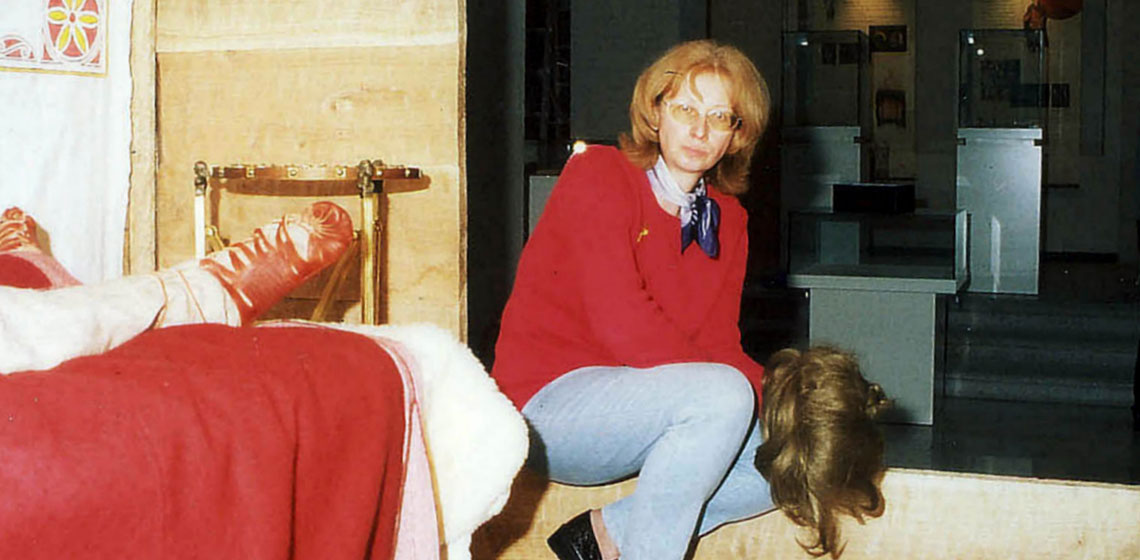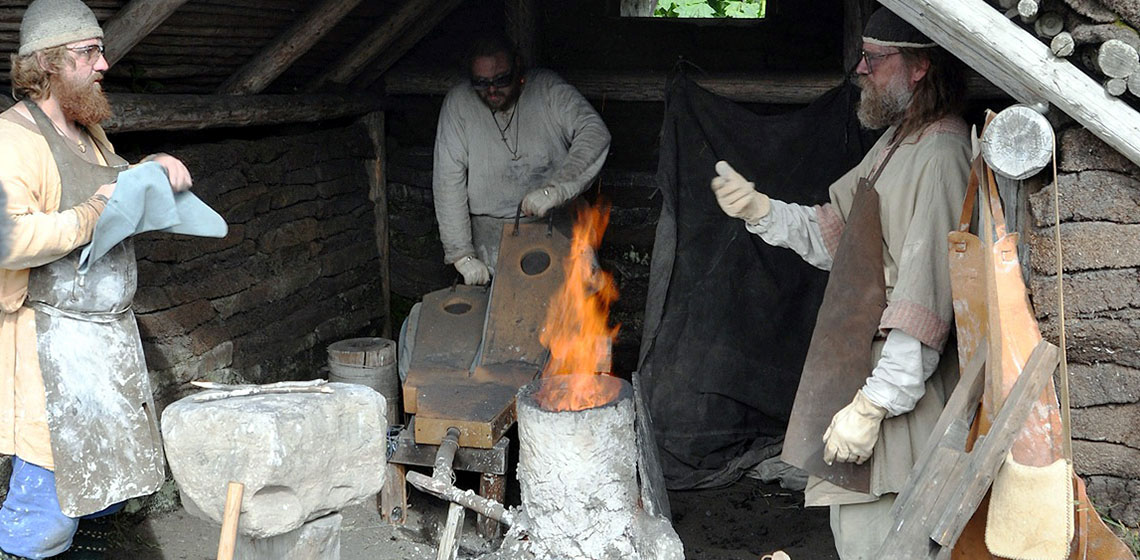smelting
Event Review: Fourth Iron Smelting Camp in Hungary
Interview: Dr Rosemarie Leineweber
Archeopark Mesopotamia (RU)
Archeopark Mesopotamia (Археопарк Междуречье), just 25 km north from Ulyanovsk, is an archaeological open-air museum and archaeological reservation of 250 hectares. It includes as well a small hotel and an indoor museum. A visit starts with a guided tour which includes demonstration of craftspeople.
The reservation holds so-called forest towns (9th – 12th century AD) as well as traces of the earlier Imenkov Culture (4th – 7th century AD) including iron smelting furnaces and traces of pottery making.
Archeopark Mesopotamia is a successful organiser of larger historic festivals, skill straining and international experimental archaeology conferences.
Obituary: Kazimierz Bielenin (29 January 1923 - 19 November 2011)
Did the Vikings have iron (NO)?
Yes, the Vikings had both iron and steel. They had to make it themselves, through a process called “blestring” or iron smelting. This was a major undertaking, so iron was expensive. Here at Lofotr we have documented this process on a DVD which is sold in our museum store.
50th Anniversary of L’Anse aux Meadows, Newfoundland, Canada
The summer of 2010 saw the 50th anniversary of the discovery of the Viking Era site at L’Anse aux Meadows in Newfoundland Canada. To celebrate this milestone Parks Canada arranged a number of special events, including an August visit from the Dark Ages Re-creation Company (DARC)...
"But if you don't get any IRON..." Towards an Effective Method for Small Iron Smelting Furnaces
Building and operating a small bloomery iron furnace is certainly a wonderful public demonstration for any museum or living history site. It is however a complex technical process, with many individual factors combining for success. Over the last decade in North America, small teams of blacksmiths have developed predictable working methods through trial and much error. This direct practical experience can provide some insights into questions that even the best researched theories may not be able to solve.






